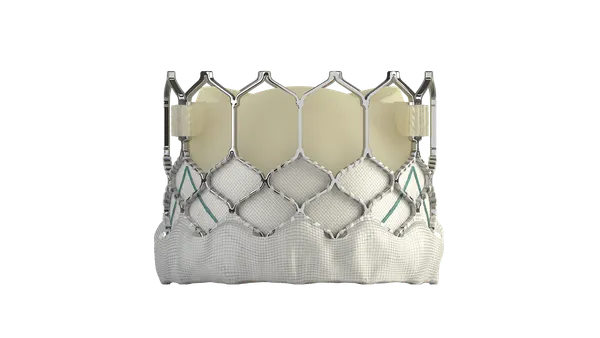Dive Brief:
- The Environmental Protection Agency's Office of Inspector General is advising EPA to conduct a fresh review of residual cancer risks from ethylene oxide emissions associated with medical device sterilization facilities.
- If the review finds unacceptable risk levels from commercial sterilizers, EPA should revise the National Emissions Standards for Hazardous Air Pollutants for sources that emit ethylene oxide to reduce those levels, regardless of the cost, the OIG said in a new report.
- In EPA's response to the OIG report, the agency indicated that the soonest it could produce new proposed regulations for commercial sterilizers would be the fourth quarter of 2022. EPA's final rule had been slated for 2021 following previous delays.
Dive Insight:
The EPA classified ethylene oxide as a carcinogen in 2016. Under President Donald Trump, the agency delayed a regulation that could restrict emissions of the pollutant. The need for rapid sterilization of medical equipment to help healthcare workers respond to COVID-19 contributed to the loss of momentum toward reducing emissions of the gas. Environmentalists have expected the Biden administration to renew the focus on health risks associated with ethylene oxide.
The issue of potential cancer risks from the gas near device sterilization facilities drew public attention in 2019 when plants operated by Sterigenics in Willowbrook, Illinois, and Atlanta were closed amid local scrutiny. Hundreds of lawsuits were filed against the company, including one by the New Mexico attorney general alleging a plant in Santa Teresa had hurt the environment and potentially harmed human health by emitting high amounts of ethylene oxide.
The plant closures led to device makers including Teleflex, Medtronic and Boston Scientific reporting lost revenues due to the disruptions, which rippled across the medtech industry. FDA also held an advisory panel on the subject in late 2019 and warned that plant shutdowns could lead to shortages of medical devices.
However, the OIG now wants EPA to develop new National Emission Standards for Hazardous Air Pollutants for chemical plant area sources that emit ethylene oxide.
"Results from the EPA’s modeling and monitoring efforts indicate that people in some areas of the country may be exposed to unacceptable health risks" from ethylene oxide emissions, according to OIG. Despite the EPA classifying ethylene oxide a carcinogen in 2016, OIG's report states that the agency has not conducted new residual risk and technology reviews for most types of industrial sources, referred to as source categories.
OIG said technology reviews for source categories were "overdue" and that EPA should conduct new residual risk reviews for four major source categories that emit ethylene oxide using new risk values, as well as conduct a residual risk review for the hospital sterilizers area source category using the new risk value for ethylene oxide.
EPA should also develop a process to initiate timely reviews of existing and uncontrolled emission sources when new or updated risk information becomes available, the OIG's report stated. The report also called on the agency to use its authority to conduct new residual risk reviews under the Clean Air Act whenever new information indicates an air pollutant is more toxic than previously determined.
More than 50% of all medical device types are sterilized using ethylene oxide (EtO), the equivalent of more than 20 billion devices annually, according to medtech lobbying group AdvaMed, which contends the "recognized hazardous chemical" is the only option for sterilization.
"Federal regulations and international guidance on emissions, residuals and worker safety allow for the safe and responsible use of EtO to sterilize medical products. Device manufacturers and sterilizers responsibly capture, remove, and destroy EtO with the best available technologies on the market today," AdvaMed's website states.
AdvaMed CEO Scott Whitaker said in an emailed statement that the medtech group fully supports EPA’s goal to release a new regulation on ethylene oxide for commercial sterilizers that is consistent with the Clean Air Act.
"The safety of employees and the communities that surround EtO medical device sterilization facilities has always been and always will be our top priority, and we are working with the EPA to ensure any new regulation reflects our industry’s unwavering commitment to controlling EtO emissions," Whitaker said.
At the same time, Whitaker said AdvaMed remains "concerned" about relying on the 2016 Integrated Risk Information System (IRIS) for EtO "because it doesn’t appropriately take into account the 'background' presence of EtO, which is all around us from many sources."
The Medical Device Manufacturers Association declined to comment on the OIG report.










